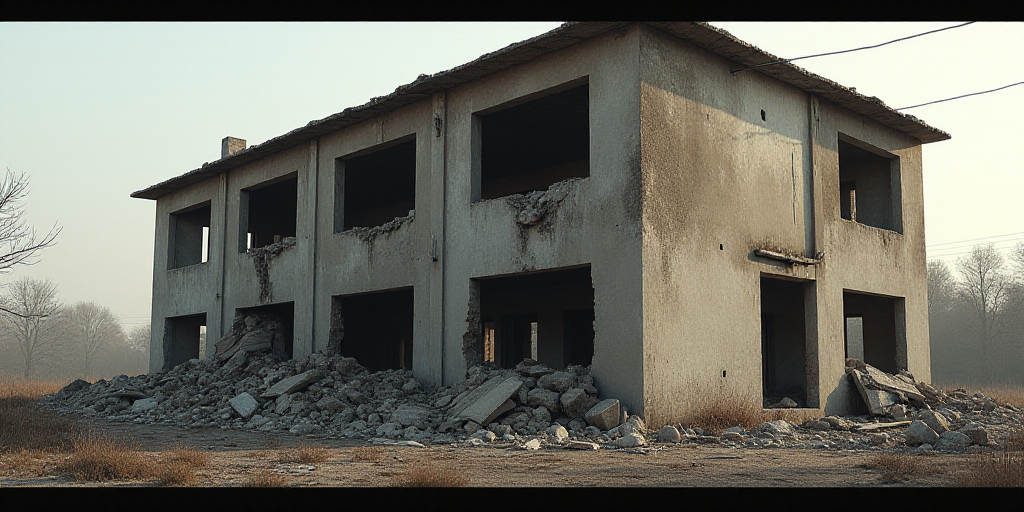The Urgent Need for Climate Risk Assessment in Insurance
As climate change intensifies, insurance companies face mounting losses from the increasing frequency and severity of extreme weather events. It is essential for these entities to evaluate climate-related risks from both a social perspective, assessing the impact of climate change on the environment, and an enterprise perspective, predicting the claims generated by this change.
Rising Risks and Financial Implications
In 2019, the Bank of England warned that climate change poses a growing financial risk due to the rising frequency and severity of environmental disasters, along with their effects on properties and infrastructure. The rise in claims puts insurers’ accounts at risk and alters the risk profiles of policyholders.
All segments within the insurance industry are vulnerable, though areas most affected by climate change impacts include property, agricultural, engineering, maritime, aviation, and transport insurance.
Quantifying Climate Change Impact
Climate risks vary across different regions worldwide, and even within a single country, some areas experience varying levels of risk intensity. Taking Spain as an example—where major climate risks include floods, storms, and maritime tempests—we analyzed the physical climate risk impact on home insurance and quantified its economic consequences using various scenarios.
Refining risk measurements through machine learning techniques allows for a more precise assessment of climate variables and insurance claims. Predictive models can estimate the frequency of incidents based on meteorological variables.
The United Nations Intergovernmental Panel on Climate Change (IPCC) has outlined two climate scenarios:
- Moderate Impact (RCP 4.5): This scenario projects a moderate temperature increase, with emissions peaking in 2040 before declining.
- High Impact (RCP 8.5): This scenario anticipates significant temperature rises and continuous emission growth until 2100.
Applying these scenarios helps evaluate and anticipate climate change-related risks, enabling adjustments to subscription strategies and pricing to maintain the profitability of insurance businesses.
Climate Change Scenarios and Their Impact
We found a strong correlation between climate change and increased claims for both RCP scenarios. The results indicate:
- Under RCP 4.5 (moderate temperature increase, emission peak in 2040): Claims are projected to rise by 105% from 2023-2052.
- Under RCP 8.5 (significant temperature increase, emission peak in 2100): The increase is expected to be 129%, with the projected periods from 2040 onwards having the most significant impact.
Wind-related events will see substantial growth, with projected loss increases of 180% under RCP 4.5 and 150% under RCP 8.5. Coastal provinces are especially vulnerable.
Integrating Climate Risks into Insurance Management
Given these findings, governments must implement measures from the latest UN Climate Change Conference of Parties (COP26) to reduce emissions and keep global warming below 2 degrees.
Read more: Glasgow outcomes, disappointing or not, are the best since Paris COP21
International institutions strive to promote sustainability through programs like the Sustainable Development Goals and the Task Force on Climate-Related Financial Disclosures, emphasizing the need to incorporate sustainability considerations into risk management.
Increased awareness of climate change impacts can lead to better-informed and more sustainable decisions. Insurers should collaborate with governments and international organizations to enhance disaster preparedness and adaptation plans for new climate conditions. Furthermore, their financial planning and risk management strategies must account for climate risks to ensure the sector’s solvency.
Insurance subscription policies, risk management, and company reserves should prioritize minimizing climate change impacts to avoid transferring economic costs to policyholders or the financial system.
Key Questions and Answers
- Q: Why is climate risk assessment crucial for insurance companies?
A: Climate change intensifies extreme weather events, leading to mounting losses for insurers. Assessing climate-related risks from social and enterprise perspectives helps them predict claims and maintain profitability.
- Q: Which insurance segments are most affected by climate change?
A: Property, agricultural, engineering, maritime, aviation, and transport insurance are most vulnerable to climate change impacts.
- Q: How do governments and international institutions support sustainable insurance practices?
A: Governments and international institutions promote sustainability through programs like the Sustainable Development Goals and the Task Force on Climate-Related Financial Disclosures, emphasizing the integration of sustainability considerations into risk management.
- Q: What are the projected impacts of climate change on insurance businesses?
A: Climate change will significantly affect insurers’ solvency, forcing them to adjust prices and policy subscription requirements. It will also influence the allocation of financial reserves by insurance companies.






